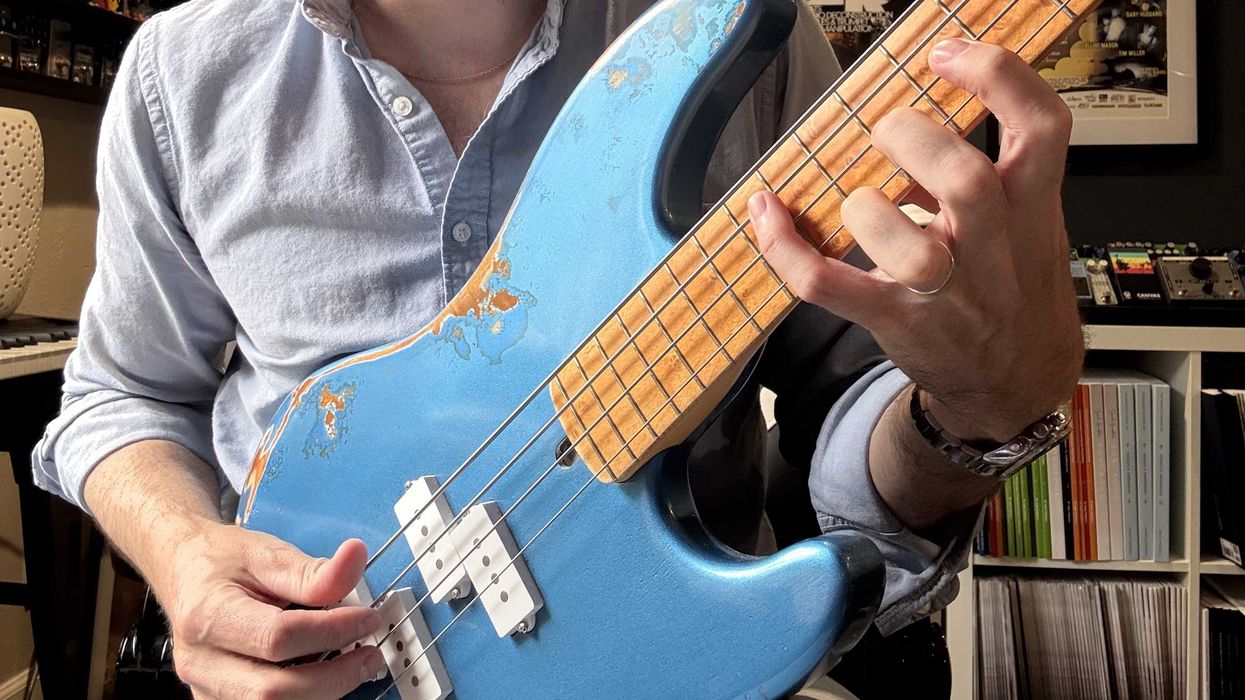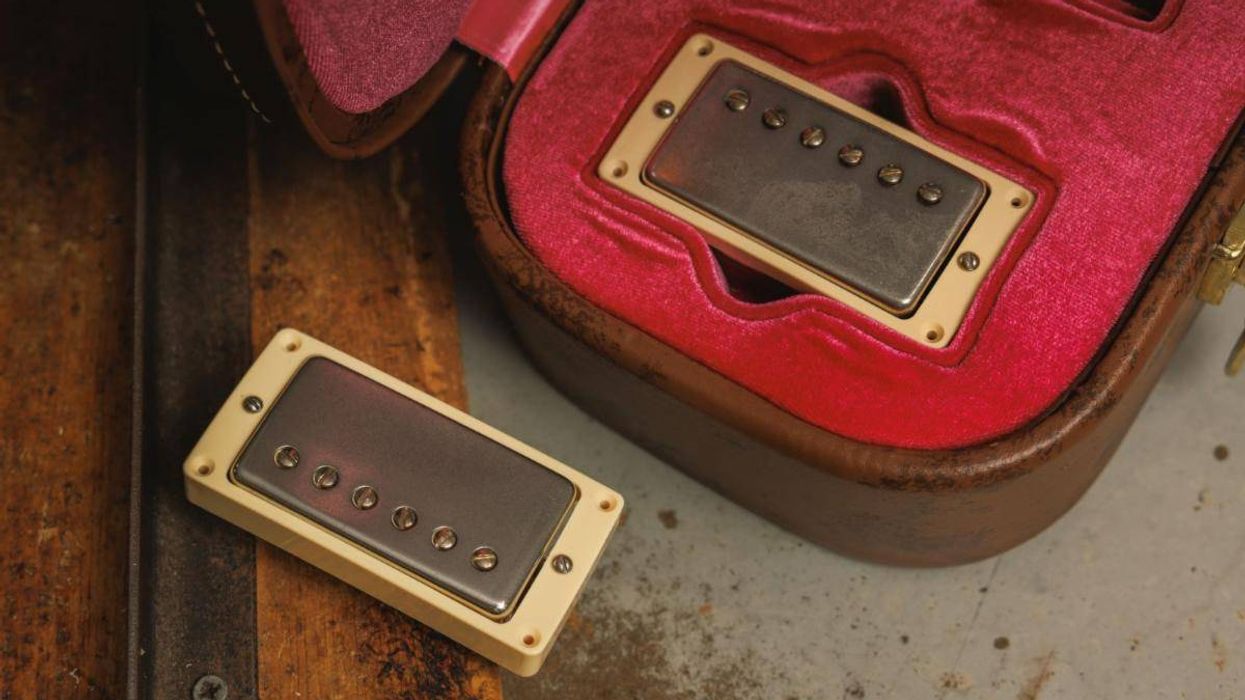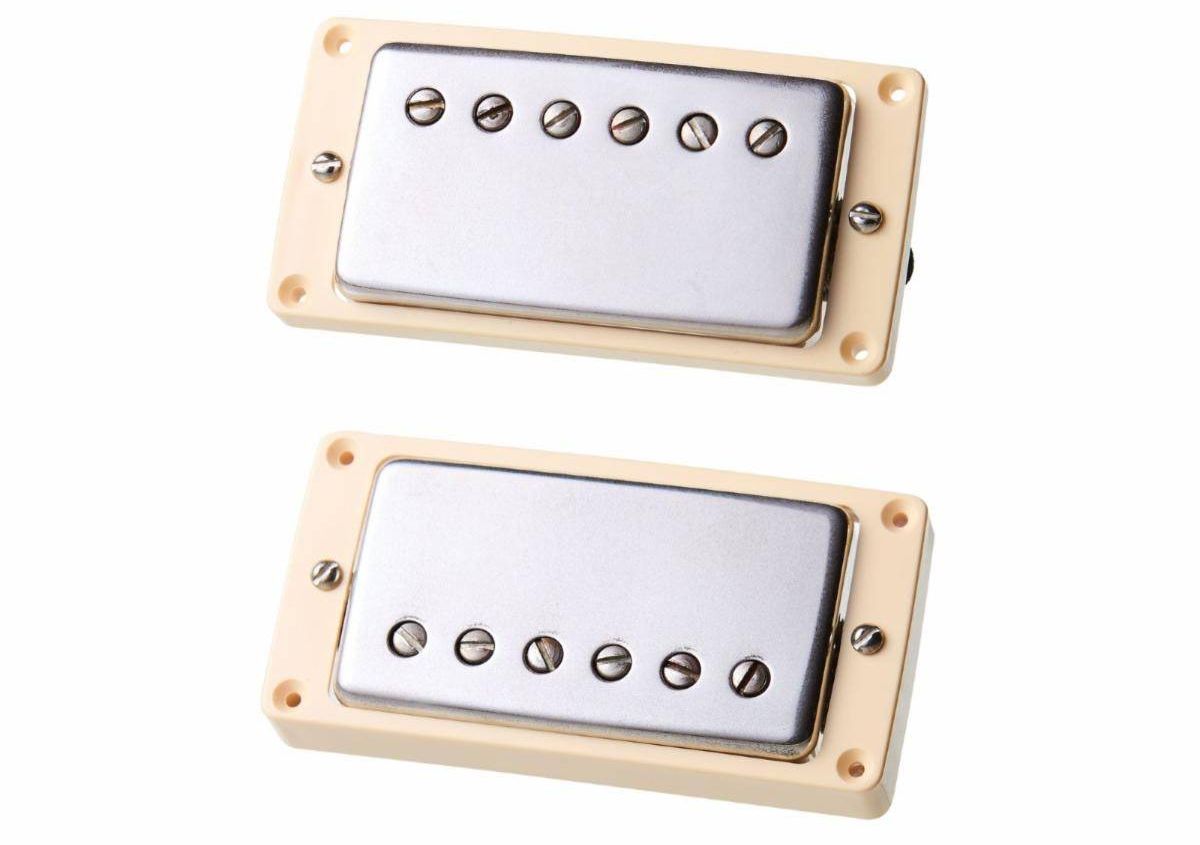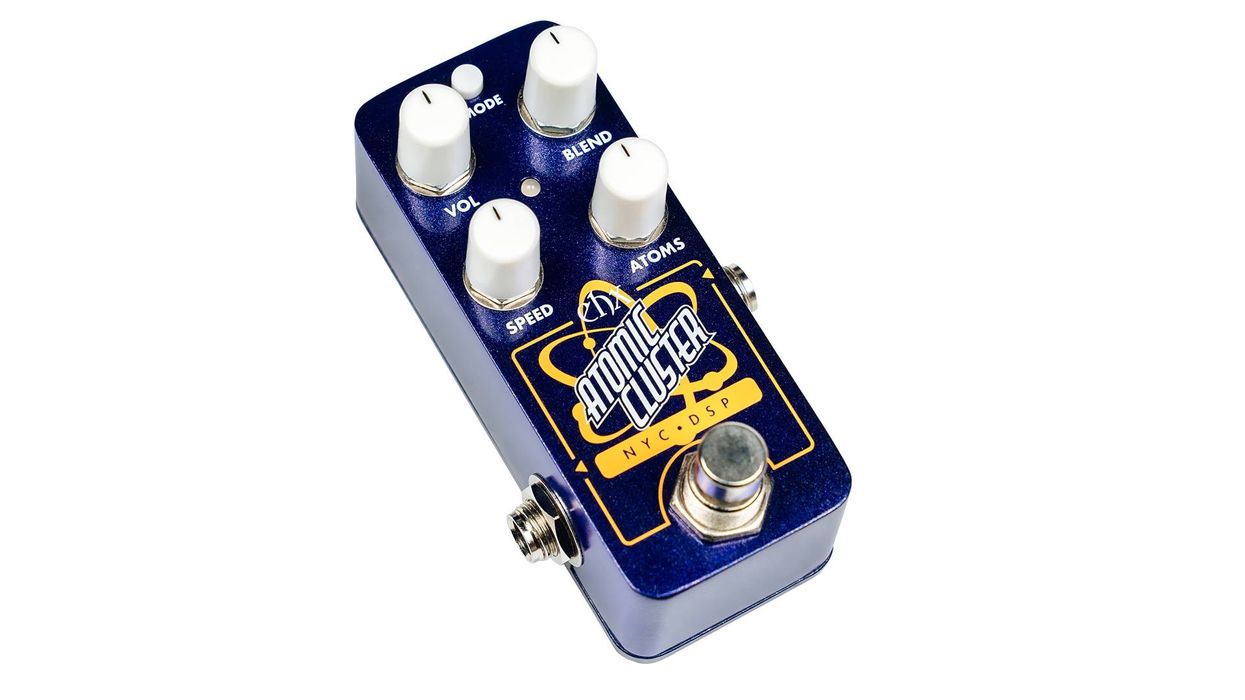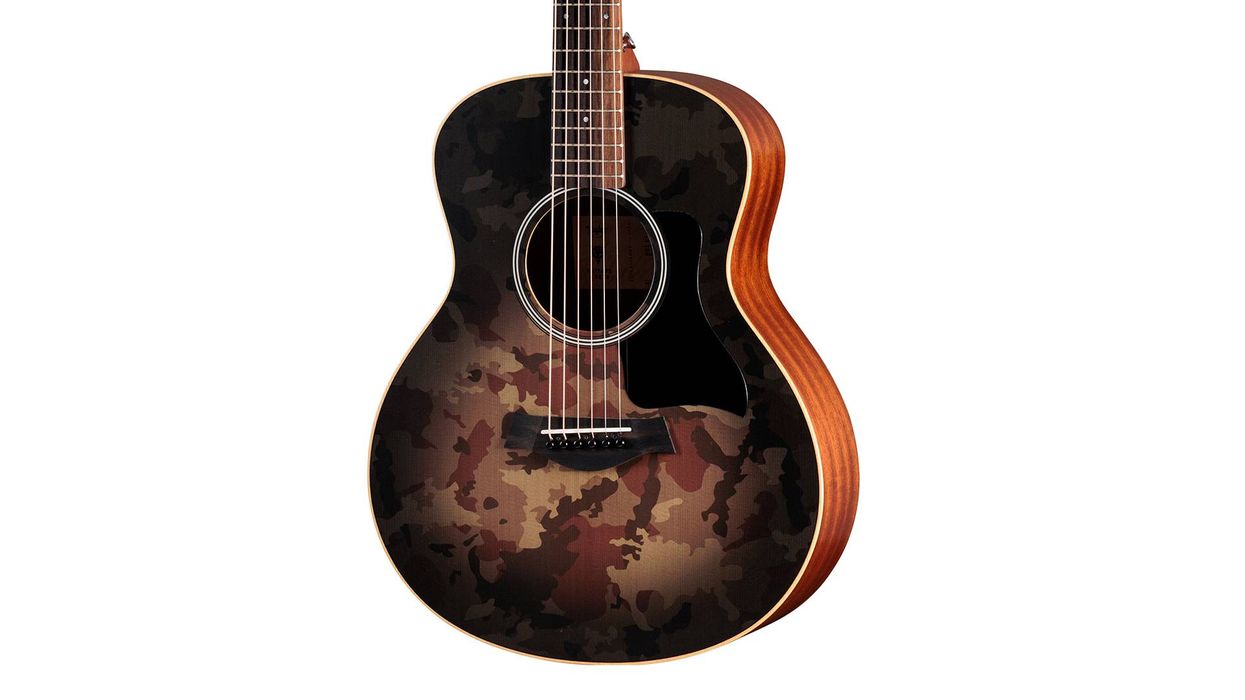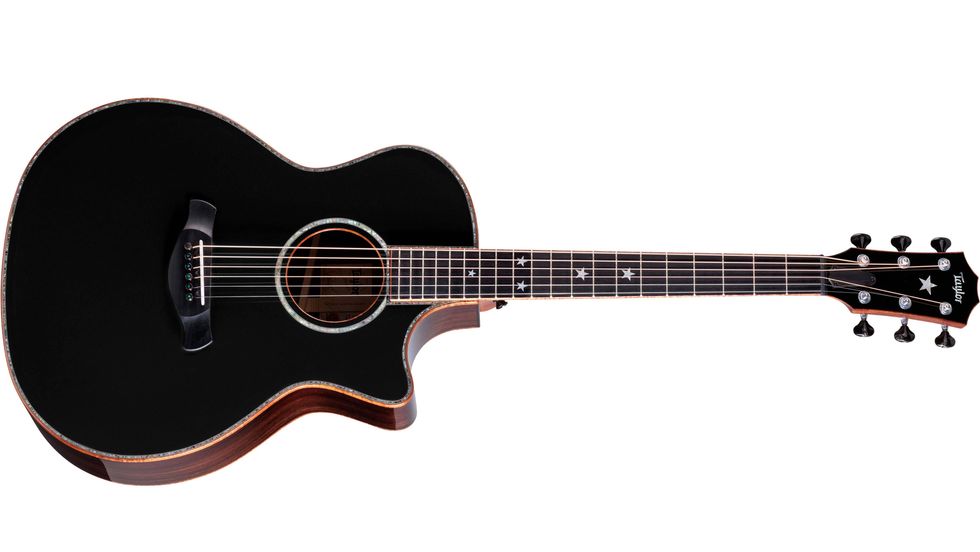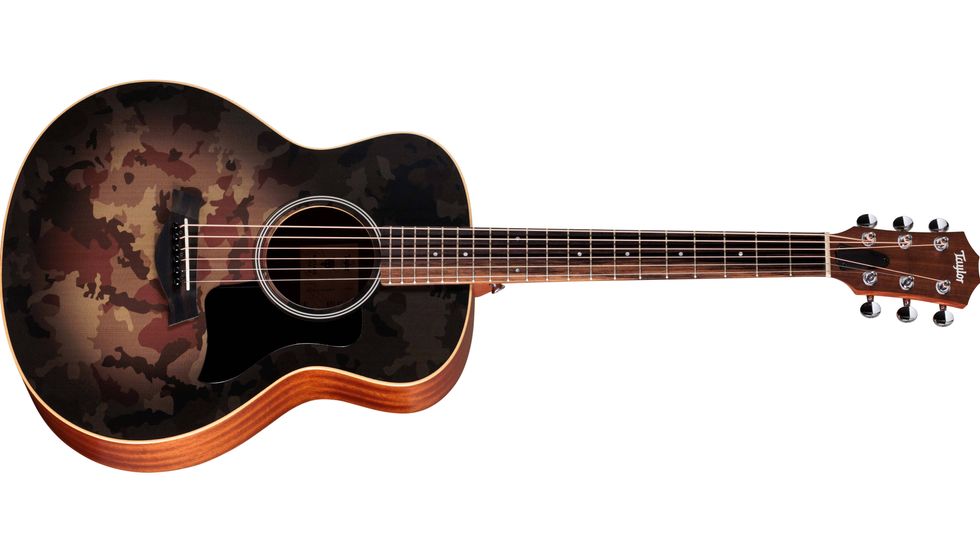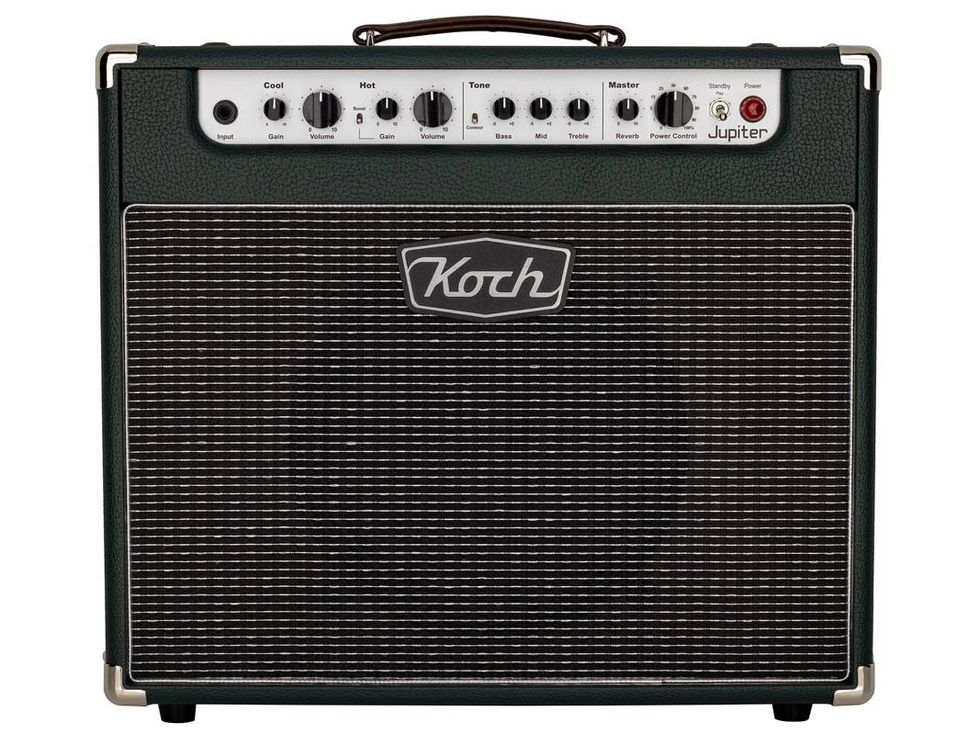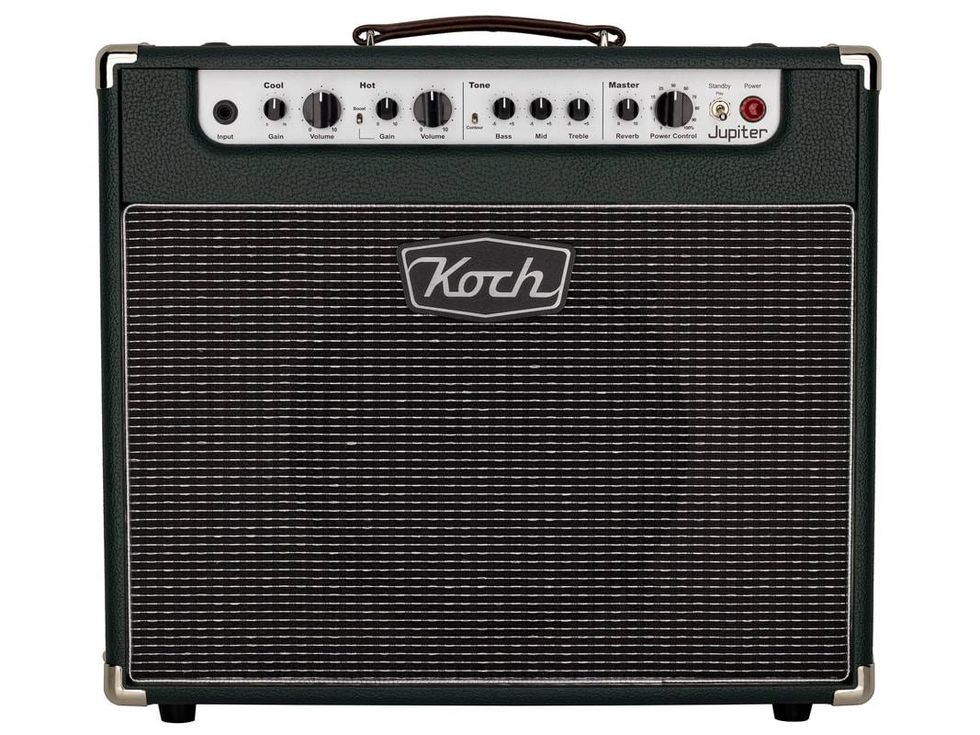A common request of a repair person is a setup with "low action, no buzz." However, as the action goes lower on any guitar, the buzz increases, so the standard reply could be, "which do you want more?" There is a tradeoff: as the action goes lower, the buzz increases, and at some point, you cross a line where the buzz becomes problematic and this line varies from player to player.
The ultimate determiner of how low the action can get before buzz becomes a problem is the degree to which the frets are level. By this we mean level relative to each other, so if you put a straightedge on the neck (positioning it so that it is in the "lie" of one of the strings), it would make contact with the top of every fret. Don''t be confused with the issue of forward bow, or relief, here; when leveling, we want no relief, we want level. Relief comes into play subsequently during setup.
When the frets are perfectly level, as a string is fretted, it barely clears the adjacent fret. When the frets are not level, as a string is fretted against a fret that is lower than its neighbor, the string no longer clears the neighboring fret, and buzzes against it. The buzz may be fairly minimal, so that you can still clearly hear the note, or it may be so severe that the note is completely choked, or it could be anywhere in between. These are often referred to as dead spots.
So it becomes clear that a guitar that has uneven frets will buzz more in some areas of the fretboard than others. On the other hand, on a guitar with level frets, if you lower the action enough so that the guitar becomes buzzy, the buzz will be pretty consistent across all the frets. If your guitar has dead spots, or areas where the buzz is noticeably worse in some areas than others, then you will benefit from a fret level, assuming you have enough height left in the frets to accommodate leveling (more below).
Fret unevenness is caused by poor installation/leveling to begin with, wear, movement of the frets due to dimensional instability of the fretboard (which changes with fluctuations in humidity, assuming you have a wood fretboard), and other reasons.
Fret leveling involves abrading the tops of the frets until they are all level with each other. The idea is to take down all of the high spots until they are even with the lowest spots. This can be done with abrasives or files, but as mentioned, there must be enough fret material left to allow you to remove some and still have enough left after leveling for the guitar to feel good. If there''s not enough material for this, then a refret is required.
New frets can usually be leveled once or twice, depending on their height. Some wire, such as Dunlop 6100 or 6105, is very tall, and will accommodate more levelings than shorter wire, such as Dunlop 6130 and 6230.
At Acme, we level frets with a 24" long piece of 1" x 2" box-section steel that has had the 1" edges surface ground (a very precise method for flattening a surface). One of the edges was then coated with industrial diamond abrasive. Because the bar is long enough to contact all the frets simultaneously, and because the two skinny edges (one plain, one diamond-coated) are extremely flat, leveling is simply a process of marking the tops of all the frets with a marker, and then hogging away with the diamond-coated edge until the marker is removed from the tops of all the frets, indicating that the bar is making contact with every fret.
This is an over-simplification, but basically accurate. There are additional steps, such as adjusting the truss rod where we want it first (varies depending on the situation), and locking the neck in place to minimize deflection as we are hogging off the fret tops (a crucial step).
One key point in our minds is the use of an abrasive device that is long enough to contact all the frets simultaneously, as opposed to using something shorter like a 10" mill file. The long bar is effectively surface grinding the tops of the frets, a proven technique for getting something flat (like some of the internals in your car''s engine).
This removal of the high spots results in a neck where the tops of all the frets are level, flat (no longer rounded), and have big scratches on them (a problem); but we are out of time! Next month, we will pick up at this point and talk about the next steps: crowning and polishing.
Acme Guitar Works sells electronic components for electric guitars, including complete, prewired assemblies. Visit them at acmeguitarworks.com.



